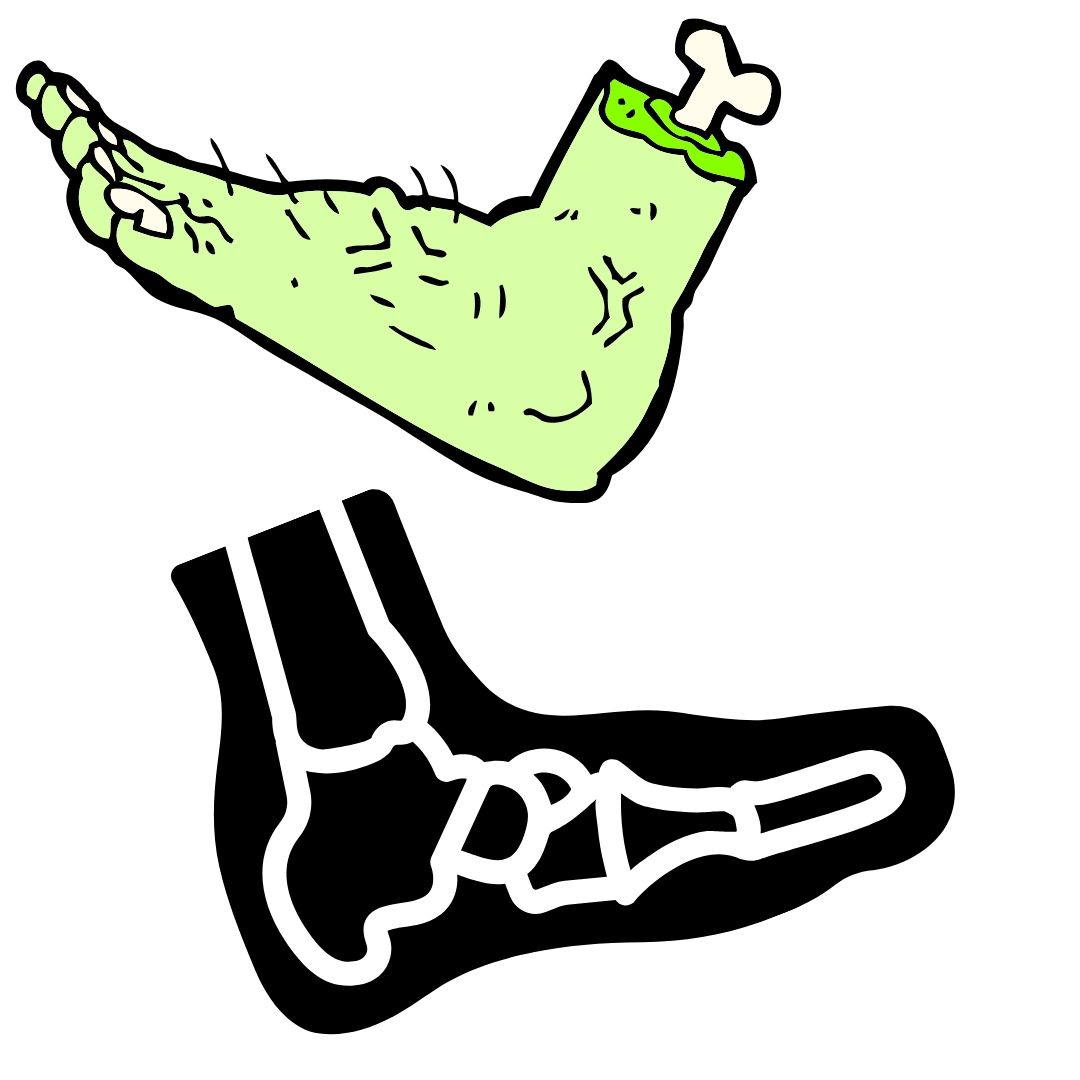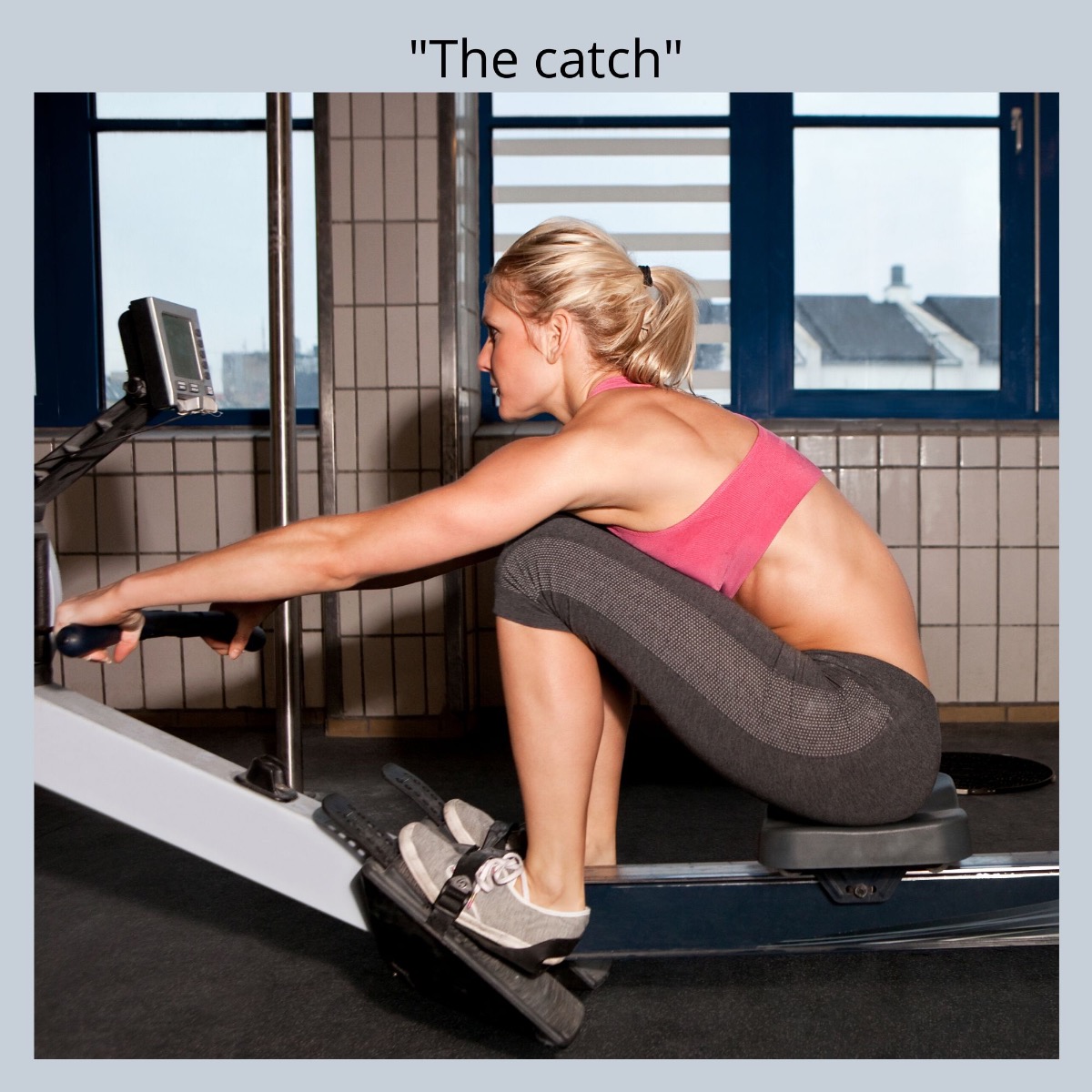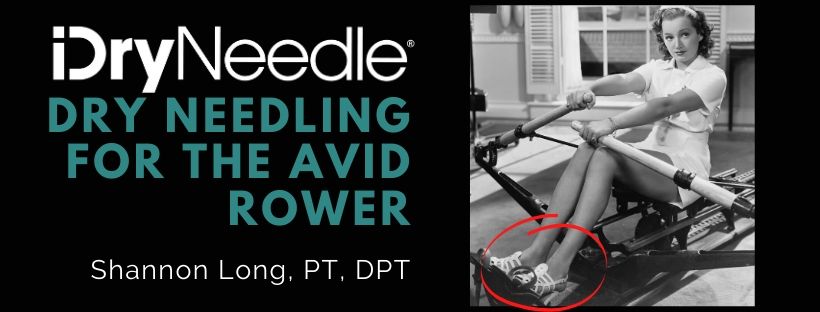|
*UPDATED 5/7/2020: This blog post was originally written for Seattle's Opening Day 2019. This year (2020) marked the 50th anniversary of the Opening Day/Windermere Cup Regatta. In honor of the athletes, coaches, and fans who spent much time and energy preparing but were left lamenting another cancelled tradition under our current global pandemic, this re-post goes out with heartfelt love and condolences. Here's to better health for all, and hopes of a safe celebration for Opening Day 2021!

OPENING DAY MAY 4, 2019
Opening Day 2019 is here! To many, these two words signify the MLB season opener... But here in Seattle, the phrase "Opening Day" has a very different meaning. Every year since 1987, on the first Saturday of May, the University of Washington hosts a prestigious Northwest tradition known as the Windermere Cup. The Regatta is held as part of Seattle’s Opening Day of Boating Season and is followed by the Seattle Yacht Club’s Opening Day Boat Parade.

THE LOVE OF ROWING
If you've never had the opportunity to observe the sport, especially at an elite level, I'd highly recommend it. Rowing is unique in its multitude of physical demands -- the importance of strength, coordination, mobility, stability, aerobic capacity, mental toughness… It's no wonder rowing is touted as one of the most physically challenging sports worldwide. With all that a single, well-executed rowing stroke demands, when repeated 200+ times in a 2k meter race, this sport is not without its common ailments. From my time as a rower, and my experience working with rowers as patients, I'd like to provide some of the perhaps not-so-obvious insight that may help you the next time you're evaluating someone whose pain is related to the sport.
 LOOK TO THE FOOT/ANKLE LOOK TO THE FOOT/ANKLE
The two most common injuries for rowers are low back pain (LBP) and rib stress injuries (RSI). And while there are countless considerations we could discuss regarding biomechanics of rowing and the potential for kinematic breakdown, I'd like to focus this post on the potential benefits of improving lesser thought of ankle mobility to address overall technique.
While perhaps not the first joint that comes to mind for addressing low back pain, I suggest you take a thorough look at both ankle dorsiflexion and great toe extension in your assessment with a rower suffering from either LBP or RSI. When dorsiflexion and/or great toe extension is lacking, a rower is forced to compensate elsewhere to achieve the stroke length desired. They may allow their heels to lift from the stretcher sooner during the slide/recovery phase or splay their legs approaching the catch. While this is not necessarily problematic during the slide, it is setting the lumbopelvic structures up for undue stress and poor positioning at "the catch".

While great power can be generated even with a rounded back, the athlete is loading passive structures of the spine unnecessarily and they’re missing prime opportunity for strong core connection. In assuring adequate ankle mobility, we can provide a longer period of "heels down", and a better window to achieve ideal spinal and pelvic positioning at the catch. This allows them to be prepared for the drive, upright with a neutral (or slightly anterior) pelvis, with core musculature engaged and primed to utilize their glutes for power and force generation on the drive.

In the following image, we can see the rower in the stern seat (right side of image) has a more upright angle of the tibia, presumably with a greater amount of ankle dorsiflexion, while the rower in the bow seat (left side of image) has a less than vertical angle of the tibia, presumably with less ankle dorsiflexion (admittedly, it’s difficult to know if heels are up/down and to what degree in this image). Note the effect the ankle and shin positioning has on the position of each rower's pelvis and spine.

DRY NEEDLING FOR ANKLE MOBILITY
With the powerful and immediate effects dry needling can have on the CNS, I have found it a very useful tool in making quick gains in ankle mobility, which can then be reinforced with strength and motor control training in the same session. Of course, if the patient has a true joint mobility limitation, the treatment looks quite different, but the following is a good start - with or without the use of dry needling - for athletes with ROM limitations in ankle dorsiflexion that may be affecting their entire position for the start of power generation:
1. Soleus* / plantaris
2. Gastroc
3. Long toe flexors (hallucis and digitorum longus)
4. Tibialis anterior

*Bonus: Though uncommon, a trigger point referral pattern exists from the soleus to ipsilateral SIJ -- keep this in mind for a rower with both ankle mobility restrictions and nagging pain in the area of SIJ, when all else has been covered.

**Next Level Thinking: Consider segmental involvement at the spine that may be causing breakdown lower down the chain and consider addressing these in conjunction at a future session.

Once restrictions in ankle mobility are addressed, I have my rowers go straight to the erg (same session) to begin implementing the changes "up the chain" that we are going for in their technique and form. Drills performed by elevating the back end of the erg to encourage a controlled slide to the catch can be helpful in the retraining of these motor control patterns.

Alternatively, if an erg is not immediately available, any strengthening into the newly gained mobility can be of value. Some examples may include deep squats (loaded or bodyweight), full ROM heel raises from an elevated surface (emphasizing the newly gained end range dorsiflexion), deadlifts and proprioceptive training. Most important is effective communication and education for the athlete so they fully understand why the treatment session was centered around their ankle when it's their low back pain that brought them to your door.

So whether you're an avid rower, a CrossFit athlete, a rehab professional working with one, or just someone looking for better form when using a rowing machine, I hope this brings a different perspective on addressing some lesser thought of impairments for a stronger drive!
Shannon Long, PT, DPT
|



